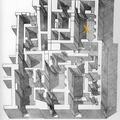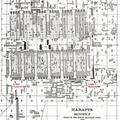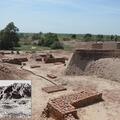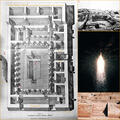Mohenjo-daro: Narrow Streets and Lanes
Buildings and streets were aligned along a north-south and east-west grid with minor variations introduced as new buildings were constructed. The corbeled arch in the background was built to cover a street drain, but was eventually blocked as the cross streets were filled with debris.
See also First Street of Mohenjo-daro: Revisited.

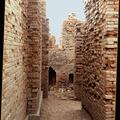
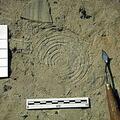
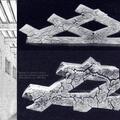
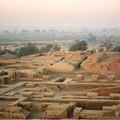
![Drawing of the Interior of Hall 76, House XIII, VS Area [Mohenjo-daro]](https://www.harappa.com/sites/default/files/styles/square_thumbnail/public/1969219_10152343696894846_81819943_n.jpg)

